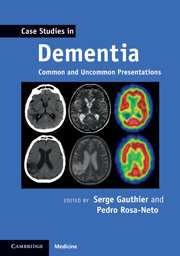
- Cited by 1
-
Cited byCrossref Citations
This Book has been cited by the following publications. This list is generated based on data provided by Crossref.
Hier, Daniel B. Kopel, Jonathan Brint, Steven U. Wunsch, Donald C. Olbricht, Gayla R. Azizi, Sima and Allen, Blaine 2020. Evaluation of standard and semantically-augmented distance metrics for neurology patients. BMC Medical Informatics and Decision Making, Vol. 20, Issue. 1,
- Publisher:
- Cambridge University Press
- Online publication date:
- May 2011
- Print publication year:
- 2011
- Online ISBN:
- 9780511997433


